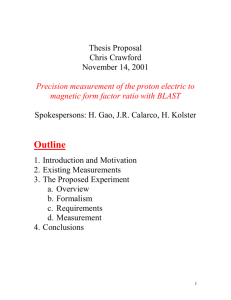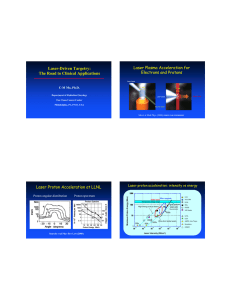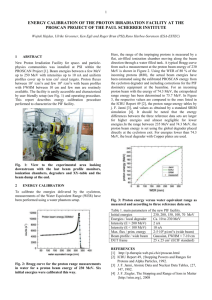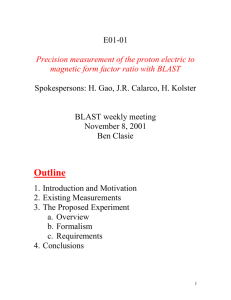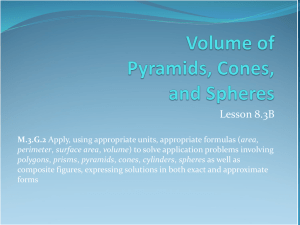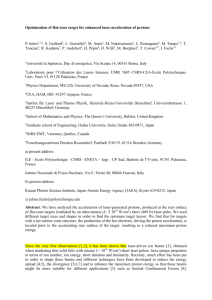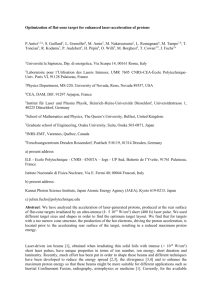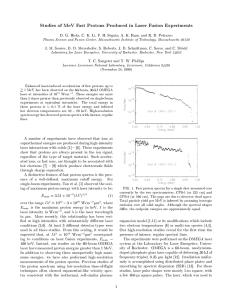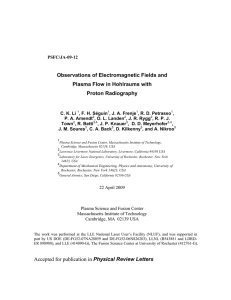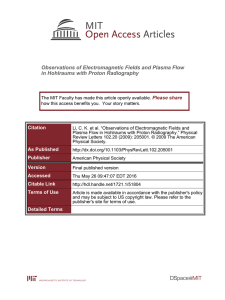We thank the referee for his valuable time and his suggestions to
advertisement
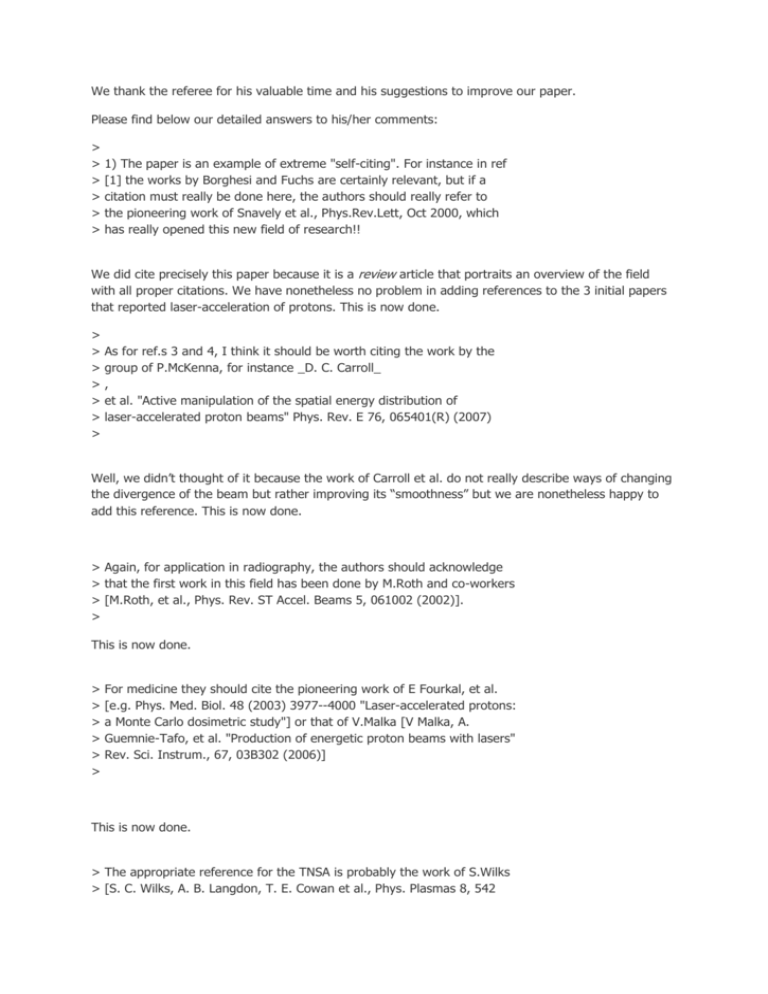
We thank the referee for his valuable time and his suggestions to improve our paper. Please find below our detailed answers to his/her comments: > > > > > > 1) The paper is an example of extreme "self-citing". For instance in ref [1] the works by Borghesi and Fuchs are certainly relevant, but if a citation must really be done here, the authors should really refer to the pioneering work of Snavely et al., Phys.Rev.Lett, Oct 2000, which has really opened this new field of research!! We did cite precisely this paper because it is a review article that portraits an overview of the field with all proper citations. We have nonetheless no problem in adding references to the 3 initial papers that reported laser-acceleration of protons. This is now done. > > > > > > > As for ref.s 3 and 4, I think it should be worth citing the work by the group of P.McKenna, for instance _D. C. Carroll_ , et al. "Active manipulation of the spatial energy distribution of laser-accelerated proton beams" Phys. Rev. E 76, 065401(R) (2007) Well, we didn’t thought of it because the work of Carroll et al. do not really describe ways of changing the divergence of the beam but rather improving its “smoothness” but we are nonetheless happy to add this reference. This is now done. > Again, for application in radiography, the authors should acknowledge > that the first work in this field has been done by M.Roth and co-workers > [M.Roth, et al., Phys. Rev. ST Accel. Beams 5, 061002 (2002)]. > This is now done. > > > > > > For medicine they should cite the pioneering work of E Fourkal, et al. [e.g. Phys. Med. Biol. 48 (2003) 3977--4000 "Laser-accelerated protons: a Monte Carlo dosimetric study"] or that of V.Malka [V Malka, A. Guemnie-Tafo, et al. "Production of energetic proton beams with lasers" Rev. Sci. Instrum., 67, 03B302 (2006)] This is now done. > The appropriate reference for the TNSA is probably the work of S.Wilks > [S. C. Wilks, A. B. Langdon, T. E. Cowan et al., Phys. Plasmas 8, 542 > > > > > (2001)] In other words, the field of study on laser-proton acceleration is large and should be properly referenced: there is a lot more than simply Fuchs and Borghesi! Well, again we did use the review article of M. Borghesi (and not the other way around) in order not to overflow the paper with references but we have no problem in adding more references. This is now done. We even add the earlier paper by Hatchett et al. which is the first detailing properly the TNSA mechanism. All these papers were of course properly cited in the review article of Borghesi. > > > > > > > > > > > > 2) The authors say that "Cone target had been identified as a good mean to concentrate hot electrons". They should at least say hat this issue is really still controversial and open, and cite the adverse results obtained at LULI [S. D. Baton, et al. "Inhibition of fast electron transport due to pre-plasma filling of cone-attached target" Physics of Plasmas, 15, 042706 (2008)]. They do cite this wrk but in a different context, without reporting the main result which may indeed be contradictory with their claim. We completed the sentence as follows (the addition is in bold): “Cone target had been identified as a good mean to concentrate hot electrons [11] and thus potentially to generate higher proton energies, although the preplasma generated by the laser pedestal is a very critical issue in order to ensure that the laser-cone coupling is efficient [12].” Where Ref 12 is the paper by Baton et al. that was already cited. We hope that this clarifies the issue. > > > > > > > > > 3) The authors write that "These targets have shown to produce currently, using the Trident LANL laser facility, the highest available laser generated proton energies of about 67 MeV". Actually this is not much different from what originally obtained at Livermore using the PW laser (probably the two results actually do not differ when error bars are taken into account...) Well, in the Nova PW experiment (Snavely et al.), the laser energy to obtain 60 MeV was in the order of 800 J (this was not detailed in Snavely et al. but in M. D. Perry et al., Opt. Lett. 24, 160 (1999) to which Snavely et al. refer) whereas in the experiment of Gaillard, Flippo et al. only 80 J was used, which is a factor 10 less. We believe that this is a substantial difference. This is now detailed as follows (the addition is in bold): “Such proton energy is similar to the one obtained in earlier experiments using simple flat foils [1], however using cone-foil targets allows to reduce the required laser energy by a factor 10 (from 800 J to 80 J) for the same proton energy.” Where Ref. 1 is Snavely et al., PRL (2000). > > > > > > > > > > 4) The cones used in this experiments are not really the kind of cones used in the cited original experiments (e.g. Kodama et al.) Rather they are funnel-shaped cones as described for instance in E. d'Humieres, J. Rassuchine, et al. "Importance of magnetic resistive fields in the heating of a micro-cone target irradiated by a high intensity laser" Eur. Phys. J. Special Topics 175, 89--95 (2009). This is right, as can be seen in Fig.1.a. This is now detailed as follows (the addition is in bold): “Note that the cone targets used in this experiment are not straight angled cones as used in Ref.12 but rather funneled cones as used in Refs. 16 and 17.” Where Ref. is « E. d'Humieres et al., Eur. Phys. J. Special Topics 175, 89 (2009); J. Rassuchine et al., Phys. Rev. E 79, 036408 (2009). » > > > > > > > > > > 5) Fig. 2: it is true that the 50 µm cone shows a uniform proton beam, but the case of 90 µm is not so obvious! (see the left-bottom RCF image of the nine images shown in Fig. 2a) I think that this observation is contrary to the authors' claim that only in the last case (20 µm cones attached to 50 µm foil, theyget worse conditions. These are only three shots that were shown in Fig.2 over a number of shots that were performed during the experiment. We always obtained a smooth beam > 1 MeV (which is the first RCF layer) for the cone tip > 30 microns. The structures in the 1 MeV layer that are on top of the beam itself (look at the 1 MeV layer in Fig.2.a, there is a round beam overlaid with streaked features) probably come from cone edges and differed from shot to shot depending on the overall cone length. This is now detailed as follows (the addition is in bold): “As obvious from Error! Reference source not found., while for the shots using cone diameters of 90 or 50 µm the RCF show a uniform proton beam for energies > 1 MeV, for the case of 20 µm the proton beam shows high non uniformities.” > > > > > > > > 6) The idea driving the experiment described in Fig. 4 is not clear. In order to get a laminar flux of protons, the field at target rear side should possibly be 1D. But if the target is too small, edge effects will destroy the uniformity of the electrostatic field on rear side. This may simply explain the worse results obtained in Fig. 4b. We agree with the referee. This is now detailed as follows (the addition is in bold): “Possible scenarios to explain this would be that (i) in such a narrow target the electric fields generated by the hot electrons on the inner walls of the cone target deflected at large angle the protons, similarly as in [4] or (ii) edge effects within the cone could destroy the uniformity of the electrostatic field on irradiated target rear side.” > > > > > > > > > > > > 7) The authors should finally comment on the quality of target rear side in all the different target configurations. It seems possible that, due to manufacturing problems, the smallest targets are characterised by a worse surface quality and this could explain many of the observed results. Let's notice for instance that in a recent paper, L.Gizzi et al. improved the quality of the proton beam by adding a thin paint layer on the target rear! [S. Betti, C. A. Cecchetti, et al. "On the effect of rear-surface dielectric coatings on laser-driven proton acceleration" PHYSICS OF PLASMAS 16, 100701 2009 This is now detailed as follows (the addition is in bold): “As the targets were all produced by the same micro-machining or microlithography techniques, this ensures that the surface quality is the same even for the smallest targets.”
